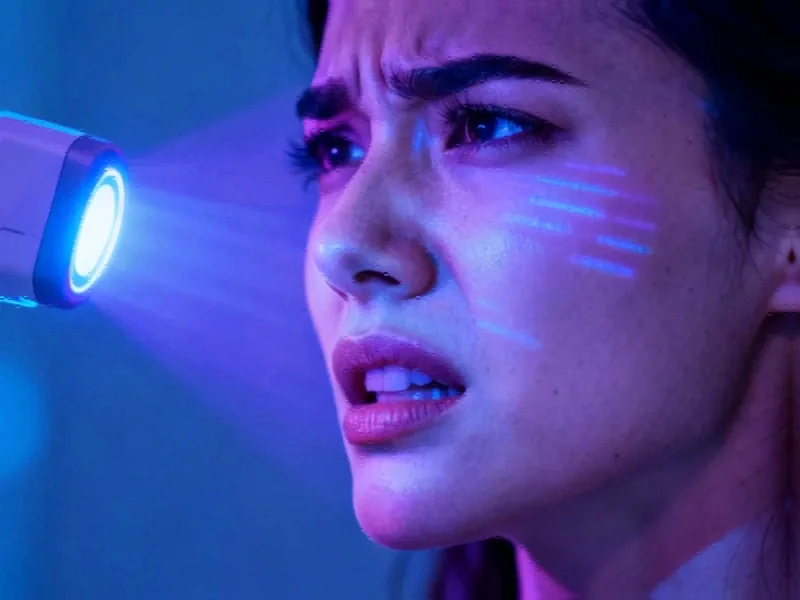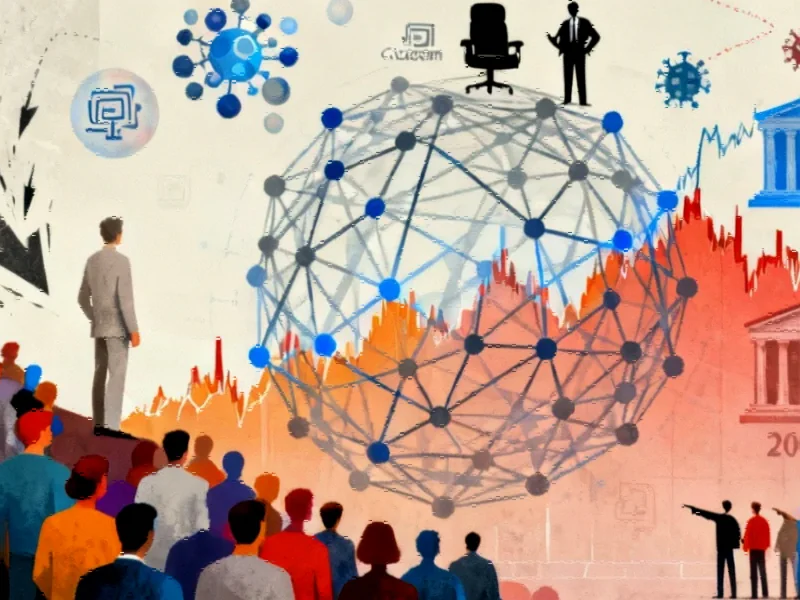The Bias Built Into Our Systems
Artificial intelligence systems, trained on vast datasets that often reflect societal prejudices, are increasingly failing people with visible differences and disabilities. What happens when the very technology meant to streamline identification processes instead tells human beings they don’t qualify as recognizable people? The experience of Autumn Gardiner at a Connecticut DMV reveals the disturbing reality of how AI discrimination is playing out in everyday interactions with government and corporate systems.
A Dehumanizing DMV Experience
Autumn Gardiner’s simple task of updating her driver’s license photo turned into what she described as “humiliating and weird” when the DMV’s AI-powered verification system repeatedly rejected her photographs. Living with Freeman-Sheldon syndrome, a rare genetic disorder affecting facial muscles, Gardiner found herself at the mercy of an algorithm that couldn’t recognize her face as human. “Here’s this machine telling me that I don’t have a human face,” she recounted to Wired, highlighting how the experience became a public spectacle as staff took increasingly frustrated attempts to capture an “acceptable” image.
This incident represents a broader pattern affecting the estimated millions of people living with what advocacy groups term “visible differences” – including scars, birthmarks, craniofacial conditions, vitiligo, and various genetic disorders. As AI facial recognition systems continue to fail people with visible differences, the human cost of these technological shortcomings becomes increasingly apparent in critical situations ranging from identification verification to financial services access.
The Expanding Landscape of AI Exclusion
Gardiner’s experience is far from isolated. Wired interviewed approximately half a dozen individuals with visible differences who reported similar exclusion from various AI-driven systems. The problems extend beyond government agencies to include social media filters that distort their features, banking apps that lock them out of their accounts, and employment verification systems that question their identity.
Nikki Lilly of Face Equality International testified before the United Nations earlier this year, stating: “In many countries, facial recognition is increasingly a part of everyday life, but this technology is failing our community.” This failure comes at a time when passwordless authentication adoption faces challenges despite growing security concerns, creating additional barriers for those already marginalized by current technological implementations.
Technical Roots of Discrimination
The core problem lies in how AI systems are trained and deployed. Most facial recognition algorithms learn from datasets that overwhelmingly feature people without visible differences, creating what researchers call “representational harm.” When systems encounter faces that deviate from this narrow training, they often fail to recognize them as valid human faces or struggle with accurate identification.
This technical shortcoming reflects broader concerns about how AI systems are being deployed in critical sectors, including healthcare and insurance, where algorithmic decisions can significantly impact people’s lives. The pattern reveals how technological advancement without inclusive design principles can systematically exclude vulnerable populations.
Industry Response and Potential Solutions
Some technology companies are beginning to address these issues through more diverse training datasets and improved testing protocols. However, progress remains slow, and many systems currently in use continue to exclude people with visible differences. The challenge requires coordinated effort across multiple sectors, including government regulation, corporate responsibility, and ongoing technical innovation.
Meanwhile, recent technology initiatives in other sectors demonstrate how coordinated approaches can drive meaningful change. Similar collaborative efforts will be necessary to ensure AI systems serve all members of society equally.
The Path Forward: Inclusive by Design
Solving this problem requires fundamental shifts in how AI systems are developed and deployed. Experts recommend several key approaches:
- Diverse training datasets that include people with various visible differences and disabilities
- Rigorous testing across diverse populations before deployment
- Alternative verification methods that don’t rely exclusively on facial recognition
- Regulatory frameworks that mandate accessibility and inclusion in AI systems
As organizations work to address these challenges, industry developments in technology infrastructure may provide valuable lessons for creating more robust and inclusive systems. The fundamental question remains: as more essential services move behind AI verification walls, who are we designing these systems for, and who gets left behind?
The experience of Autumn Gardiner and countless others demonstrates that until AI systems can recognize the full spectrum of human diversity, we risk creating a world where technology reinforces rather than reduces inequality. The solution requires not just technical fixes but a fundamental commitment to building systems that recognize the humanity in everyone, regardless of how they look.
This article aggregates information from publicly available sources. All trademarks and copyrights belong to their respective owners.
Note: Featured image is for illustrative purposes only and does not represent any specific product, service, or entity mentioned in this article.



